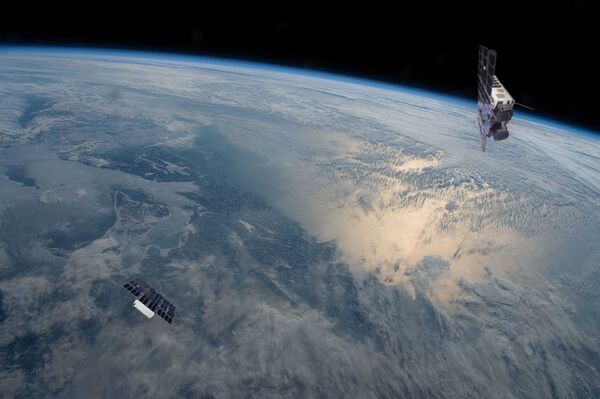
Pictured are two nano satellites − Huygens and Birkeland − that are part of the MilSpace2 project, a collaborative R&D programme between the Dutch and Norwegian ministries of defence for the detection of radar signals. Continued co-operation on the programme is guaranteed for the coming years. (NanoAvionics)
The Netherlands Ministry of Defence (MoD) has published its Defence Space Agenda, detailing the country's future military space investment priorities.
According to the agenda, published by the MoD on 25 November, the Netherlands is seeking to ensure strategic autonomy by developing and owning its own constellation of satellites, while also reducing its dependency on communication, navigation, observation, and intelligence, surveillance, and reconnaissance (ISR) capabilities supplied by its strategic and commercial partners.
Between EUR25 million and EUR100 million (USD25.88 million and USD103.54 million) will be allocated from 2023 to 2027 to address these requirements. This is separate from the EUR25−100 million earmarked for military satellite communications (milsatcom), outlined in the 2022 Defense Memorandum.
One of the key priorities outlined in the agenda is the development of a sovereign-controlled constellation of small/micro satellites that provide military-relevant ISR information. The satellites will conduct signals and imagery intelligence (including hyperspectral imagery), the agenda noted.
Another key priority outlined in the agenda is the development of a national space situational awareness (SSA) capability. This will be achieved by modifying two Thales SMART-L Multi Mission radars, which, according to the agenda, can be developed to detect satellites and other debris in space. Information received from the radars will then be processed in a national SSA database, which can be shared with other countries to create an European Union (EU) or NATO-wide SSA network.
Looking to read the full article?
Gain unlimited access to Janes news and more...







